Is the Covid inquiry running out of steam? Today, it saw one of Covid’s biggest stars take the ‘witness stand’: Professor Neil Ferguson, of Imperial College, whose paper in March 2020 was instrumental in persuading Boris Johnson to call a lockdown. Ferguson, of course, went on to achieve notoriety by breaking the very lockdown rules he inspired by meeting his lover, leading to his resignation from Sage.
For the duration of Ferguson’s evidence, which spanned several hours, the number of people watching the live feed rarely reached more than 600. But for those who did take the trouble to listen, what did they learn? Ferguson, it turns out, was initially a bit of a lockdown sceptic. In late January he doubted that the lockdown in Wuhan – which involved some people being physically shut in their homes by having doors welded – would succeed. He revealed what came across as a remarkable lack of communication between Sage and government. Ferguson said he was frustrated that his estimate of the Infection Fatality Ratio (IFR) of Covid was not accepted by Sage for weeks. Ferguson also admitted that he published his modelling – which predicted the NHS would be overwhelmed many times over – without actually knowing how much the NHS might be able to expand its emergency capacity. ‘I didn’t know anything about what the surge capacity would be,’ he said. Couldn’t he have tried to find out?
Perhaps the most remarkable revelation is that he spoke to and emailed Ben Warner at No. 10 on 13 March, three days before the Imperial paper was published. Warner was a data scientist who had previously worked on the Vote Leave campaign and who was brought into Downing Street by Dominic Cummings. Cummings later praised Warner for drawing government’s attention to the scale of pandemic. But it now seems that Warner, in turn, may have been influenced directly by Ferguson.
Ferguson told the inquiry that he was ‘uncomfortable’ about contacting No. 10 directly, but felt that the government’s attention needed to be drawn to the potential number of deaths which would occur – and which, by inference, he felt that Sage had failed to make clear. In the email to Warner, Ferguson predicted a peak of 4,000-6,000 deaths a day. Yet Ferguson then stopped short of damning the government’s policy of mitigation rather than suppression. In fact, ifthe government decided to continue with mitigation, he wrote, ‘there is a rational basis to that decision which I would say the science supports’. However, he added, the government should make it clear how many people were likely to die. Intriguingly, Ferguson then went on to write: ‘This event is in the natural disaster category and the cure (e.g. massive social distancing, shutdowns) could be worse than the disease’. In other words, he had at least considered the possibility that lockdowns could cause more damage than they were worth – but neither he nor anyone else seems to have tried to model this, at least not at this stage. (Public Health England did produce a kind of cost-benefit analysis later on in July.)
On the same day, 13 March, Ferguson emailed two other Sage members, Sir Jeremy Farrar and Professor John Edmunds, expressing frustration at Professor Chris Whitty and Sir Patrick Vallance, respectively chief medical officer and chief scientific adviser. Referring to the previous day’s press conference he wrote: ‘I still think part of the issue is Chris hoping it won’t be as bad as we say’. He added: ‘I was amazed that Chris and Patrick hasn’t [sic] previously asked the question of Steve [Powis, the NHS’s national medical director for England] as to whether the NHS could cope with what the govt policy would likely produce’.
In other words, the policy of lockdown was introduced without anyone really bothering to find out how the NHS could respond to a wave of emergency admissions – nor stopping to ask whether the collateral damage from lockdowns would be worse than the disease itself.
Got something to add? Join the discussion and comment below.
Get 10 issues for just $10
Subscribe to The Spectator Australia today for the next 10 magazine issues, plus full online access, for just $10.


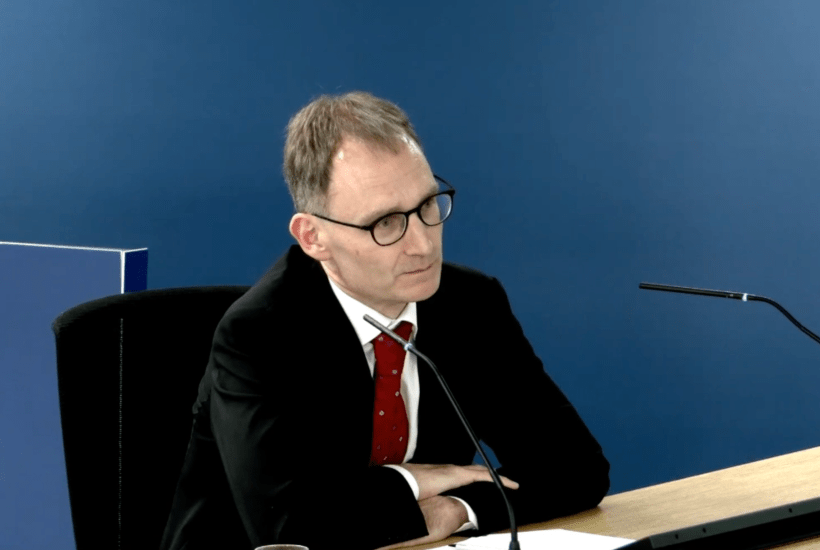
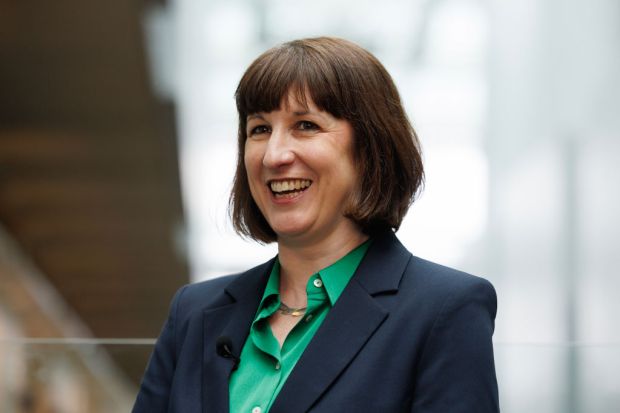
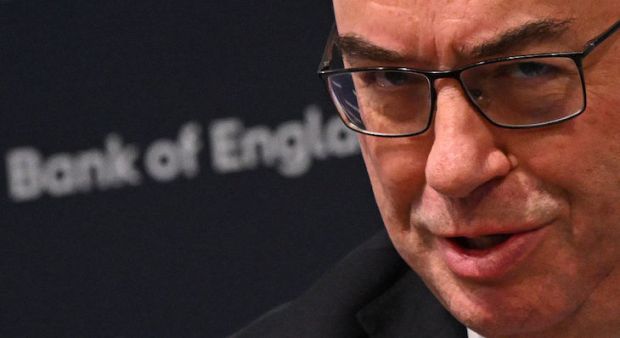

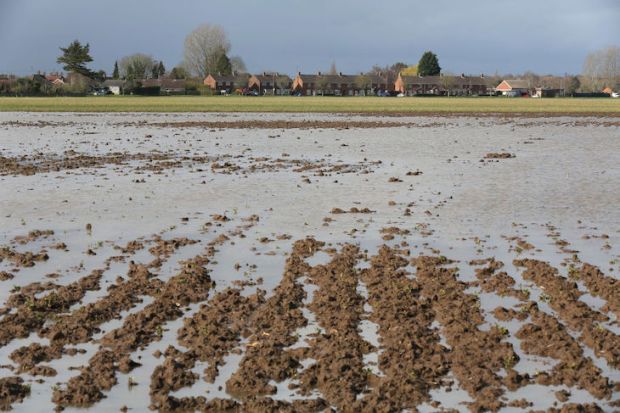
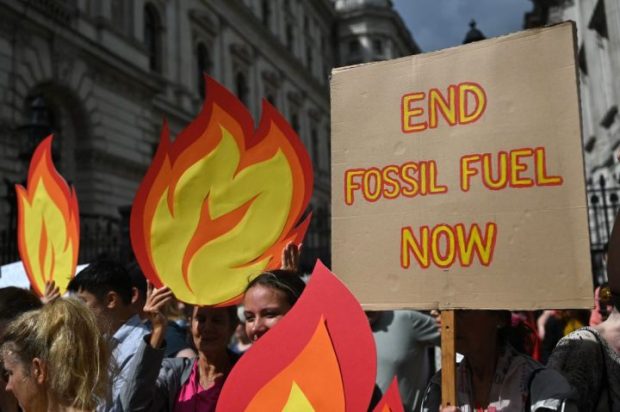
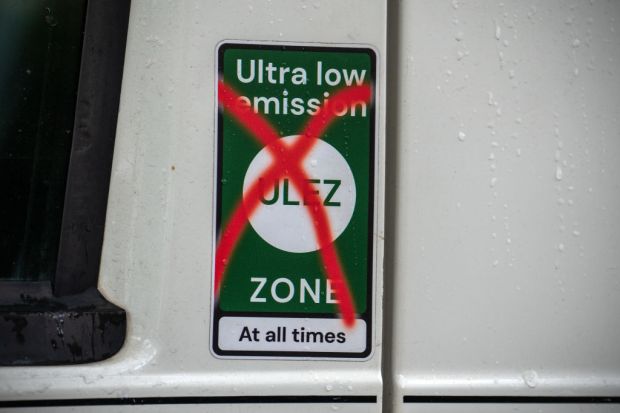









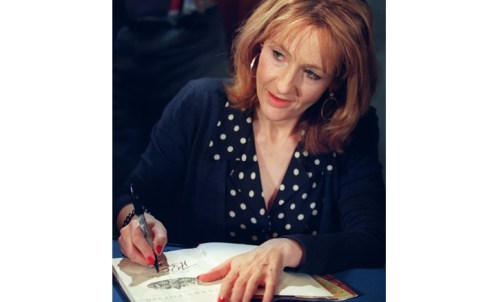


Comments
Don't miss out
Join the conversation with other Spectator Australia readers. Subscribe to leave a comment.
SUBSCRIBEAlready a subscriber? Log in